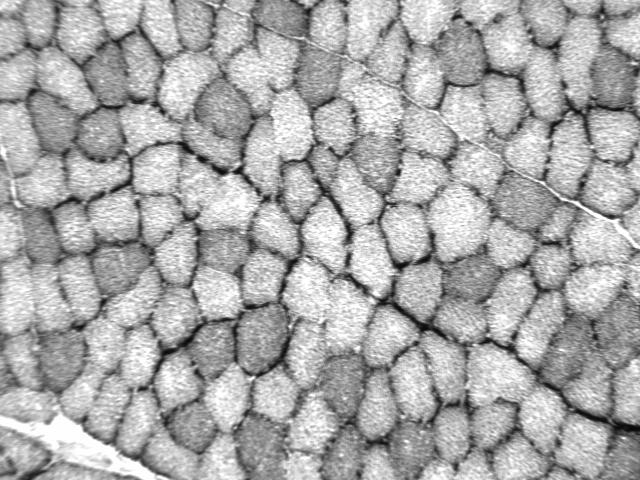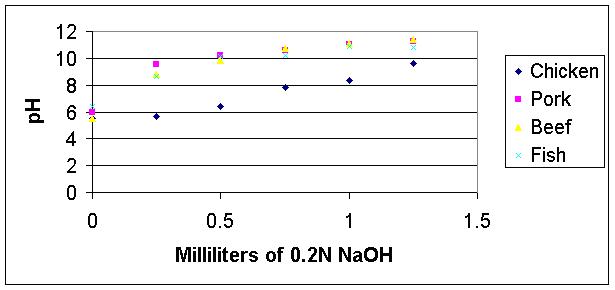Cellular
Respiration Experiments
Jenn
Dearolf
2001 - 2002 Fellow
Cellular
respiration is a fundamental concept in biology, and many
classes do laboratory exercises where students study respiration
in whole organisms. This approach, although useful, cannot
be used to study the different stages of cellular respiration
in isolation, and it may cause students to forget that respiration
is a process that occurs in the cells of the organism.
The
laboratory exercises presented here address these two
issues using muscle tissue. Skeletal muscle is a useful
tissue to study cellular respiration because its cells
(fibers) have become specialized for different stages
of the process. Some fibers use only glycolysis to produce
the ATP needed for contraction, while other fibers utilize
all of cellular respiration to fuel their activities.
Thus, skeletal muscle provides a system where students
can investigate the different stages of cellular respiration
at the cellular level.
The first laboratory allows students to stain for the activity of an enzyme involved in the electron transport chain, nicatinamide adenine dinucleotide dehydrogenase (NADH-D). A digital image of one of the stained cross-sections of muscle is below. The fibers that are dark contain the enzyme and, thus, use all of cellular respiration to produce ATP.

Muscle
stained for NADH-D
To study the fibers that utilize only glycolysis, students can investigate the acid buffering capacity of various muscle samples, like beef, pork, chicken, and fish. This investigation is based on the principle that muscle fibers that only use glycolysis to produce ATP also produce a large amount of lactic acid as a byproduct.
Thus, these cells must have some way to buffer the production of acid so that they can continue to function when lactic acid is being produced. A graph of student data is below, and it demonstrates that, out of the group of muscles investigated, the type with the greatest buffering capacity is from chicken.

Downloadable
Files:
Teacher's
Guide
Student
Manual
(Please note that some figures have been omitted from
this web version because of copyright protection.)

